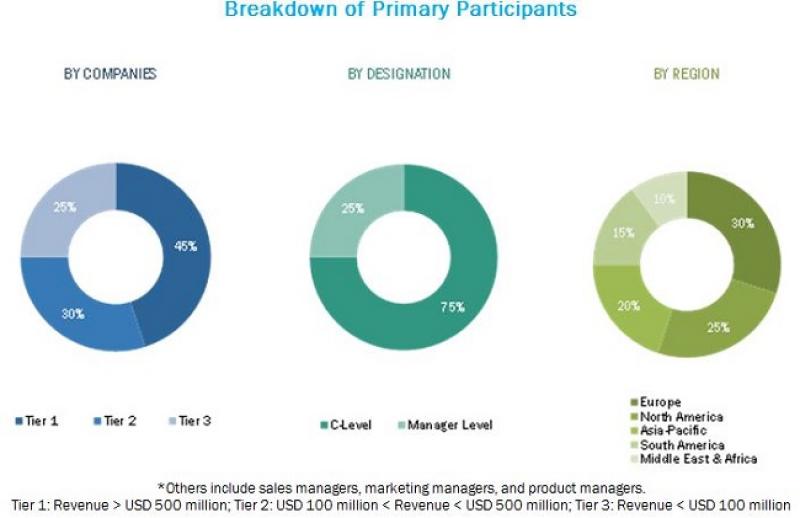Food service packaging is used to package processed and semi-processed food products. It caters to service sectors such as restaurants, fast-food joints, takeaway restaurants, and catering services. It helps in maintaining the hygiene, quality, and safety of food products. It provides heat resistance, prevents the growth of microorganisms, and helps extend the shelf-life of the food product.
Beverages
Beverages include various types of drinks, based on their constituents and their compositions. There are various types of beverages such as alcoholic and non-alcoholic. Global players are aiming at using innovative packaging materials, developed from degradable and recyclable materials to achieve sustainability. The expectations for quality & hygiene and growth in health awareness are driving the food service packaging market growth in the beverages sector.
Fruits & Vegetables
With the increasingly busy work schedules of people, there has been a rise in the demand for ready-to-cook vegetables, including microwave meals. The most consumed canned vegetables include tinned tomatoes, peas, baked beans, and mushrooms. Also, the packaging of fruits has gained importance in the global food packaging market. Food service packing helps in preserving the nutritional value of fruits while providing an extended shelf-life. The most consumed canned fruits include pineapples, blackberries, cherries, and grapes.
Bakery & Confectionery
The bakery & confectionery category includes chocolates, chewing gums, and other related items, such as cereals, bread, pizzas, and biscuits. The major players in this category, such as The Kraft Heinz Company (U.S.) and Nestle S.A. (Switzerland), are concerned about the packaging of these products, as the products get spoiled due to oxidation. Packaging has an important application in this product category as it also helps in flavor retention, texture maintenance, and maintenance of product appearance while inhibiting rancidity and microbial growth. The growing consumer base for branded confectioneries in developing nations, such as India and China, has fueled the market for packaging technologies in the bakery & confectionery industry.
Dairy Products
Dairy products are the most perishable food products. This category includes butter, cheese, curd, and yogurt; most of these products get easily spoiled if they are not packaged efficiently. The various kinds of packages of dairy products include pouches, sachets, barrels, cups, cans, and bottles. Consumers with busy lifestyles want the packaging to be both convenient and protective. Freshness, natural taste, and visual appeal with an extended shelf-life are the factors driving the market for dairy product packaging. The demand for dairy products has been on the rise due to the rapidly increasing population in developing nations as well.
Read More: https://www.marketsandmarkets.com/Market-Reports/food-service-packaging-market-171454776.html
The global food service packaging market is projected to witness decent growth in the next few years due to the changes in consumer demand patterns. The growth in demand for ready-to-eat food, quick service restaurants, and the popularity of using convenient packaging are driving the demand for food service packaging. The food service packaging market size is estimated to grow from USD 65.36 Billion in 2017 to USD 84.33 Billion by 2022, at a CAGR of 5.23% during the forecast period.
The Asia-Pacific region contributed a major market share in the global food service packaging market, while India is projected to be fastest-growing country-level market in the region for the food service packaging market. North America is projected to grow at the second-highest rate between 2017 and 2022, with the U.S. registering the highest growth rate in the region. Emerging economies such as UAE, Brazil, Saudi Arabia, and other countries in the Middle East are projected to grow at moderate CAGRs.
